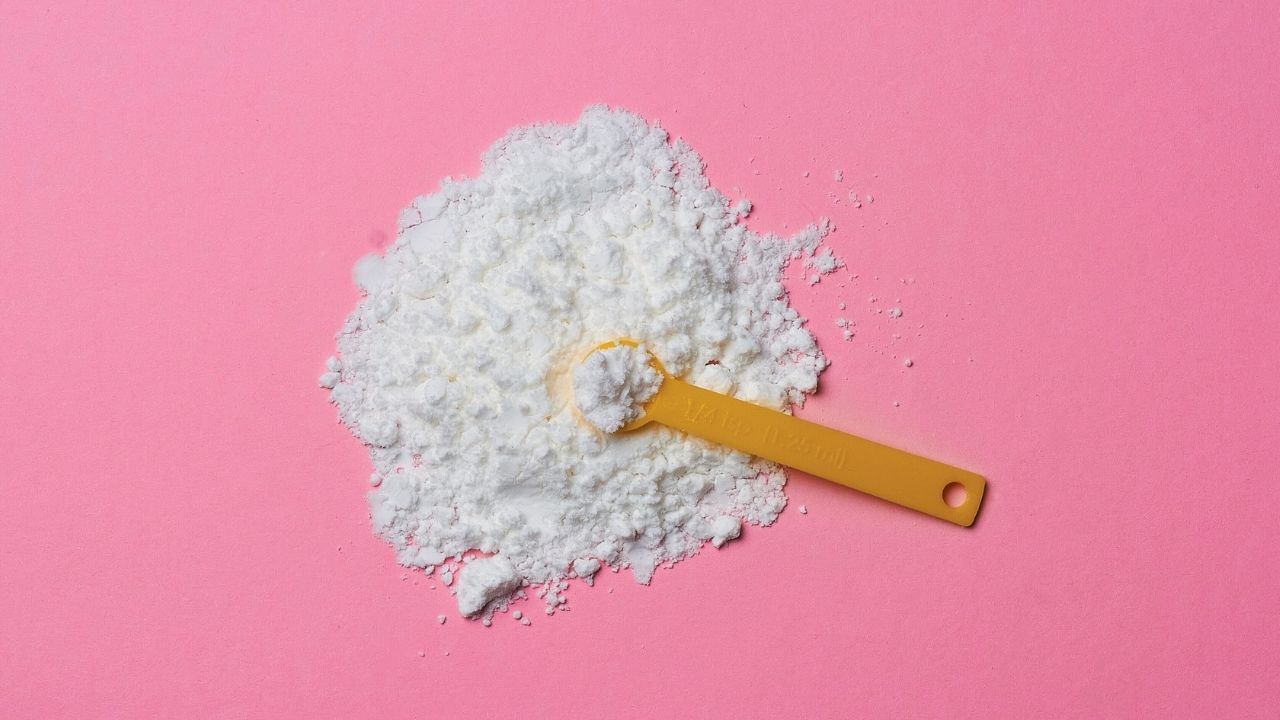Creatine for Women & Older Adults: Benefits, Myths & Best Practices
Creatine is often seen as a supplement for male
bodybuilders, but research tells a different story.
For
women and
older adults, creatine can be a safe and powerful tool to maintain
strength, support cognitive health, and promote long-term
well-being.
In this article you’ll learn what the science says about creatine for these two groups, how to use it effectively, and how to avoid common myths and mistakes.

What Is Creatine and Why It Matters
Creatine is a natural compound stored in muscles as
phosphocreatine, where it helps produce quick energy (ATP) for
high-intensity movements.
Although our bodies make some creatine and we get a little
from meat or fish,
supplementing creatine monohydrate
can significantly raise muscle creatine stores.
This matters because:
💪
More creatine = more energy availability
for strength training and daily activity.
🧠
Creatine supports brain energy metabolism, which is critical for memory and focus.
⚡
Supplementing can counter age-related declines
in muscle mass and strength.
Benefits for Women
Creatine helps women maintain lean muscle and make every strength session more effective. During fat-loss phases or menopause—times when muscle preservation is challenging—consistent use supports strength and body composition.
🌸
Lean Muscle Preservation
– Reduces natural declines in muscle mass.
⚡
Training & Recovery
– Boosts performance and speeds post-workout recovery.
🧠
Mental Clarity
– May sharpen focus during stressful periods or low-calorie
diets.
Benefits for Older Adults
Aging brings a slow decline in muscle and strength known as sarcopenia. Creatine paired with resistance training helps counter that loss and maintain independence.
🏋️
Strength & Mobility
– Enhances gains from resistance training, supporting
everyday movement.
🧠
Cognitive Health
– Shows promise for memory and mental performance.
💚
Bone Support
– Indirectly helps bone density by enabling heavier lifting
and stronger muscles.
Clearing Up the Myths
Several misconceptions keep people from using creatine when it could benefit them.
🚫
“It causes water retention and bloating”
– Creatine draws water inside muscle cells, making them look
fuller and stronger, not puffy.
🚫
“It damages kidneys”
– Decades of research in healthy adults show no harm at
recommended doses.
🚫
“It’s only for athletes”
– Women and older adults see similar improvements in
strength, energy, and brain health.
Best Practices
Using creatine is straightforward and safe when done consistently.
✅
Choose the right form
– Creatine monohydrate is the most studied and effective.
🥄
Stick to 3–5 g daily
– A loading phase isn’t required; steady intake works just
as well.
🕐
Take it anytime
– Morning, night, with or without food—consistency matters
more than timing.
💧
Stay hydrated
– Adequate water supports healthy kidney function.
🏋️
Pair with resistance training
– The best results come when combined with strength work a
few times a week.
Bringing It Into Nutrition Coaching
Creatine fits easily into personalised meal and supplement plans. For coaches and dietitians, Foodzilla can help track intake, set daily reminders, and monitor progress—whether you’re supporting a 55-year-old aiming to stay independent or a woman preparing for menopause.
Disclaimer: This article is for educational purposes only and does not replace personalized medical or dietetic advice. Anyone considering creatine should consult a qualified healthcare professional before starting supplementation.
References
1. International Society of Sports Nutrition (ISSN) Position Stand on Creatine
2. Harvard Health – Creatine: potential benefits and risks
Ready to level-up?
Create meal plans 10x faster, follow up with your clients through our mobile app, and never struggle with meal planning or recipe management again.